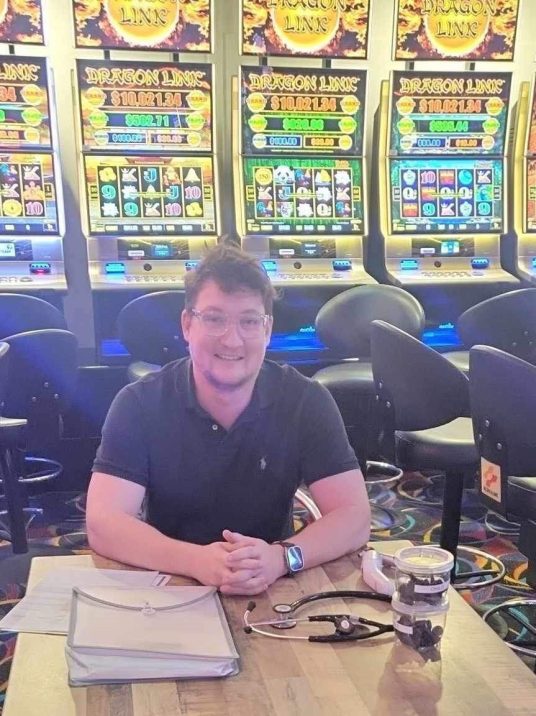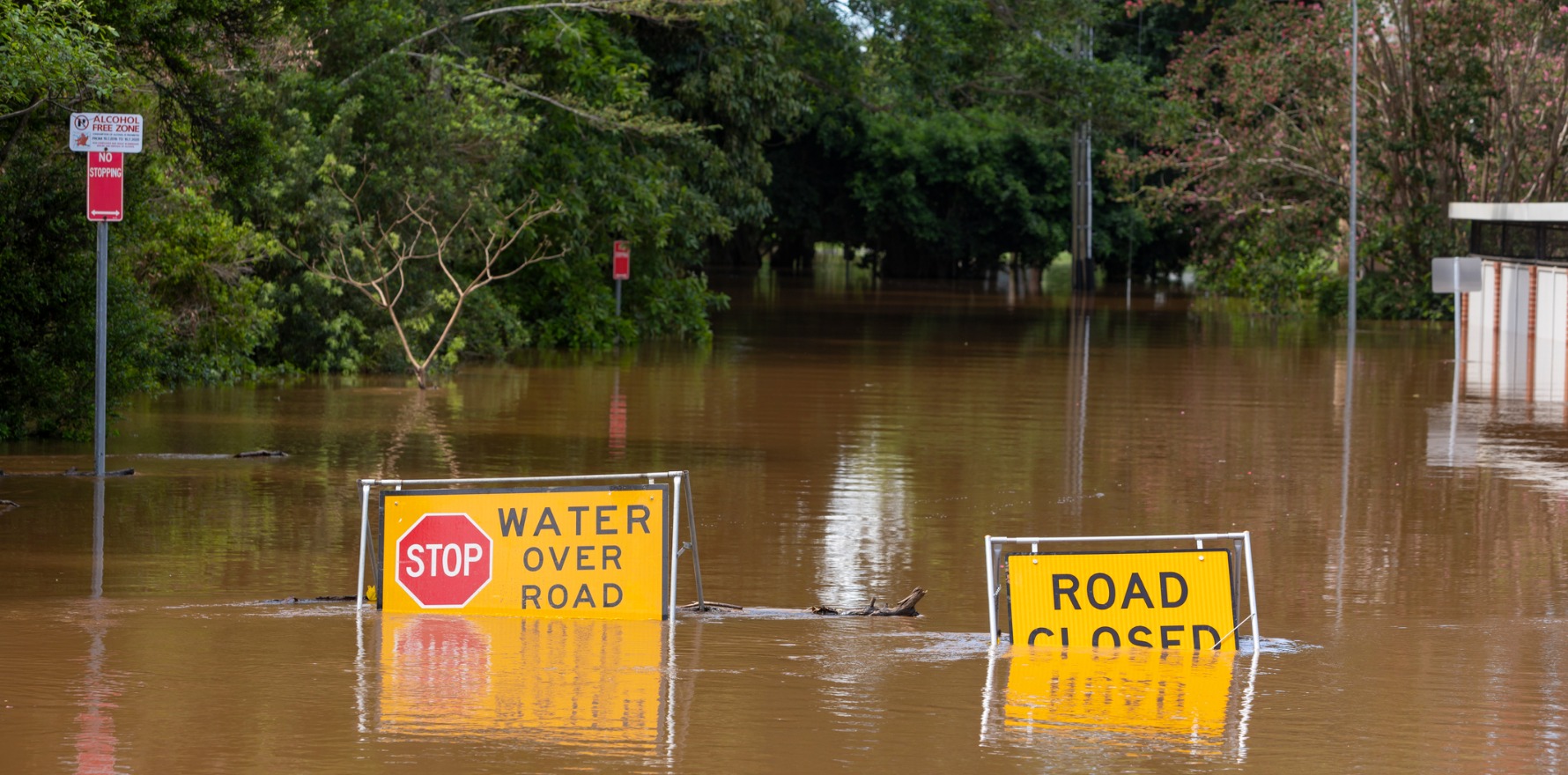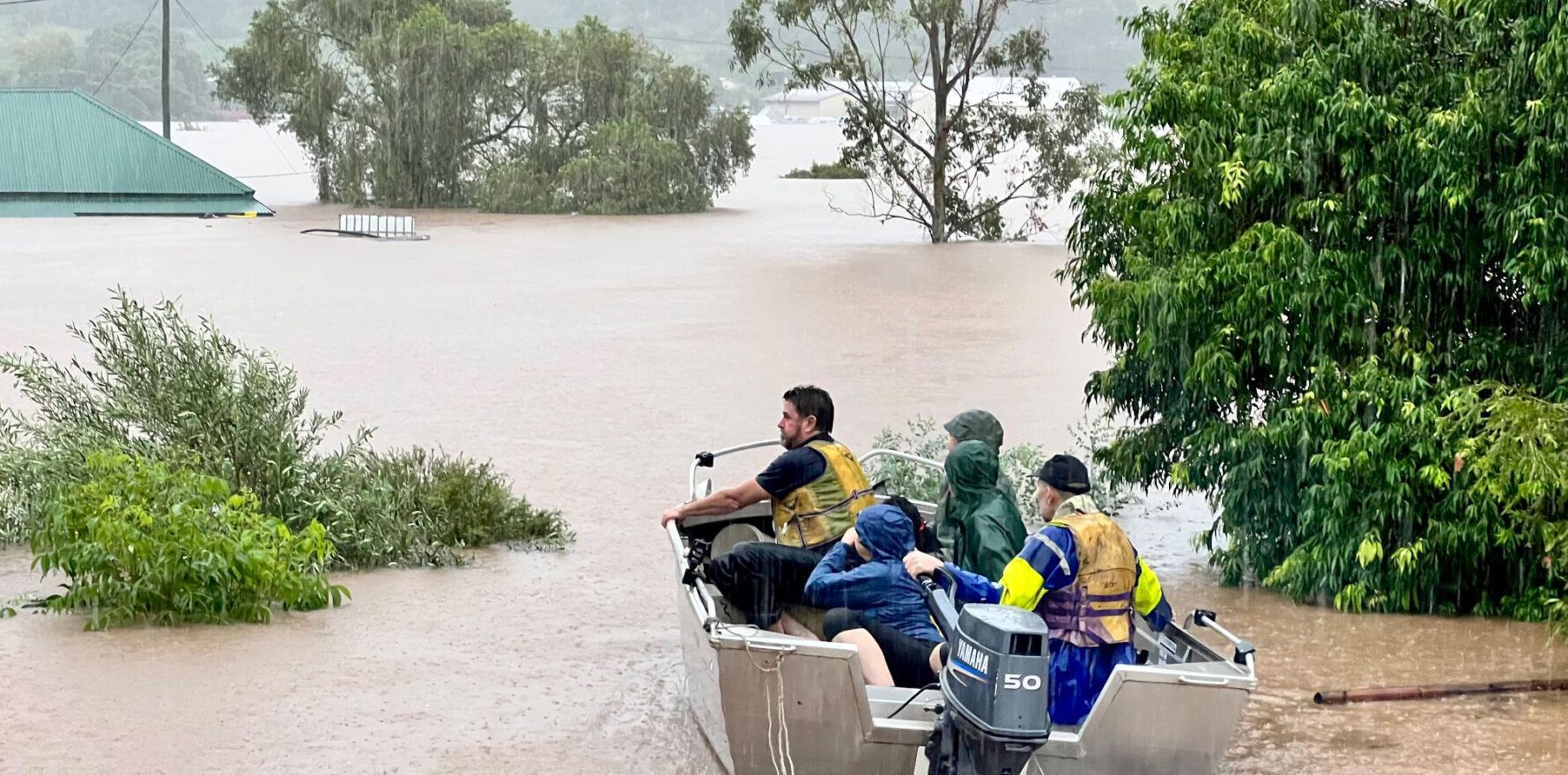The Cairns floods are yet another example of how general practice could be better resourced and mobilised during a natural disaster.
As “once-a-century” natural disasters hit parts of Australia more frequently, GPs continue to be overlooked when it comes to formal disaster management and response planning.
Not that being overlooked at the official level has ever stopped GPs from pitching in during an emergency.
The recent far north Queensland floods saw GPs running a makeshift clinic from a local boat club and spending their holiday period working to get local communities back on their feet.
RACGP leadership wrote to federal and state health ministers in the wake of the flooding to double down on calls for better government support for the sector.
“The reality is if general practice is strong and sustainable, it is easier to absorb the kinds of shocks a natural disaster throws up, particularly the challenges of the recovery,” Queensland chair Dr Cathryn Hester said.
Due to the impacts of climate change, Dr Hester said, extreme weather events will only become more common, making a strong primary care sector vital.
One upshot the increasingly frequent severe rain and flooding events is that a pattern has started to emerge in terms of clinical presentations.
While the immediate concerns are almost always around ensuring access to medicines and treating minor injuries, these morph into managing infections and mental health over the subsequent weeks and months.
Stage one: the day of
Having grown up in Papua New Guinea, GP Dr Lee Jones thought he knew rain.
The weather that followed Cyclone Jasper in far north Queensland during December, though, was unlike anything Dr Jones had seen before.
“It went for days and days and days, just consistent and heavy,” he told The Medical Republic.
“When I went on to the [Bureau of Meteorology] website to look at the rain radar I thought my computer had failed, because I’d go back two hours later and it looked the exact same.
“The rain just wasn’t moving.”
Dr Jones’ practice is in Yorkeys Knob, smack dab in the middle of the handful of suburbs that had to be evacuated due to significant flooding.
By virtue of being on slightly higher ground, Yorkeys Medical – which is the only GP clinic in the area – managed to avoid major damage.
In fact, the only real casualty in the clinic were the vaccines, which had to be discarded due to a power outage.
When the flooding receded enough to regain access to the clinic – “it took it took days and days for the water to recede from the lower-lying areas” – the plan was to try and see patients via telehealth.
Dr Jones and fellow GPs Dr Anna Davies, Dr Kate Murray and Dr Chris Garland, along with practice nurse Jennifer Jones, all showed up for work as normal.
Unfortunately, the power was still completely off.
“We have a reasonable amount of power cuts every year, but not so bad that we thought we 100% needed a generator,” Dr Jones said.
“I don’t think that any more, and I certainly have asked the government to [purchase one] for the community.”
Luckily, word got around that the local boating club had three powerful generators on site.
“We went there and they were like, ‘oh … you’re the local medical clinic, we’ll get you a room in the air conditioning,’” Dr Jones said.
The only room with air conditioning set up at that point was the pokies room, but the clinic team ended up opting for a smaller, unused administration room.

Dr Garland in the makeshift pokies clinic (courtesy of Dr Jones)
While many of the patients that Dr Jones saw that day did have flooding-specific needs, there were also a lot of what he called “core GP” consults: urgent scripts, antibiotics, children with cuts and bruises.
Stage two: the days and weeks following
Luckily, the temporary boat club GP clinic was just that: temporary.
By the next day, power had been restored to the clinic at Yorkeys Knob and the medical centre was able to resume business as usual.
Further south, in the suburb of Cairns North, RACGP Queensland deputy chair Dr Aileen Traves was starting to see people with infections.
“When the floodwaters came, it was quite early in the morning here in Cairns and so a lot of people weren’t fully dressed … a lot just didn’t have any shoes on,” she told TMR.
“That’s been a major problem: seeing people with really quite a lot of damage to their feet and cuts to their legs.
“The floodwater was waist high or above, so there’s a lot of people with pretty significant infections of their legs at the moment that we’ve been trying to manage.”
Dr Traves has seen multiple cases of melioidosis infections in patients caught up in the flooding, and will continue to be on the lookout for leptospirosis and mosquito-borne diseases as the recovery effort begins.
“Tropical mud is always going to harbour dangerous infections,” she said.
Tropical mud notwithstanding, another very pressing issue was facing Dr Traves’ patients in the days and weeks following the immediate disaster: a lack of underwear.
“People were wearing whatever underwear they had on [when they left their house], if they were wearing any, and it was wet,” Dr Traves said.
It’s an unfortunate fact, Dr Traves said, that not many people had thought to include a pair of emergency undies in disaster care packs.
“There are millions of donations, but not necessarily what people actually need at the time,” she said.
Related
Stage three: rebuilding
As GPs in the flood-ravaged town of Lismore can attest, natural disasters leave a long tail of mental health impacts.
Both Dr Traves and Dr Jones described patients who had lost homes and businesses, been evacuated in the early hours of the morning or spent nights with their whole family huddled on one bed.
Already, Dr Traves is trying to anticipate what her patients will need in the near future as they attempt to rebuild.
“The feedback from people, particularly people who have lost their businesses or their homes, is that they don’t know how to access some of the support,” she said.
“There are grants available, but you’re talking with people who don’t know how to use a computer, let alone apply for a grant.”
Dr Jones, meanwhile, is appealing for funding and resources to prepare for the next disaster.
“It would be good to be pre-emptive of these things, and I think that GPs can do a lot [more],” he said.
“I think [the emergency response teams] rely a lot on ambulance officers to go grab people, when really there are clinics in lots of areas which we could set up and have really organised [for disasters].”
His plan is to pitch local government for help funding a mobile clinic with a generator, which could then be used to reach flooded areas and deliver core GP-type care to disaster-affected patients more quickly.
While peak medical bodies have reportedly requested expanded mental health items and funding for Focussed Psychological Strategies skills training for the areas of Queensland affected by the December storms, nothing has been announced to date.





